Heritage
Hipparcos leverages on the long heritage of EICAS Automazione in Autonomous Attitude Determination Systems from star measurement.
EICAS – set-up in 1984 by a group of professors of the Politecnico di Torino and industrial researchers, led by Prof. Francesco Donati, started to develop a deep know-how in the AADS (Autonomous Attitude Determination Systems) sector, starting for the HIPPARCOS Mission (for which Prof. Donati received the award of European Space Scientist of the Year in ’89) and pursuing long co-operations with ESA/ASI and major players
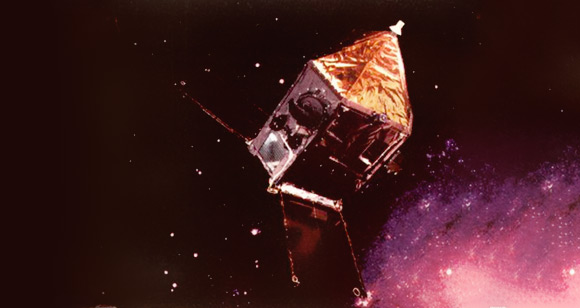
1987 ____ 1994
Hipparcos Mission
The EICAS Team cooperated in the ESA Hipparcos scientific mission for more than 20 years. The on ground satellite attitude reconstruction – used for the HIPPARCOS Catalogue production – was carried out by EICAS by using only star measurements during all the mission with an accuracy varying in the range of 30-60 milliarcsec.
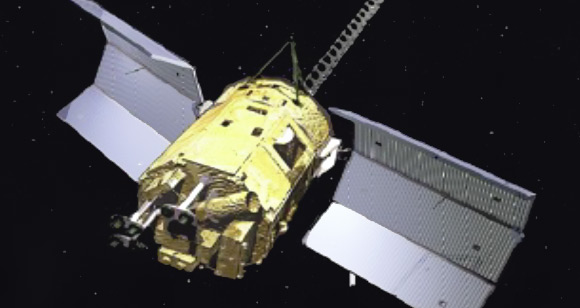
1997 ____ 2001
EICAS co-operated with Alenia Spazio and Officine Galileo for the development of a system for “spacecraft autonomous gyroless attitude determination by star measurement”, which has been successfully experimented in the SAC-C Argentinean satellite.
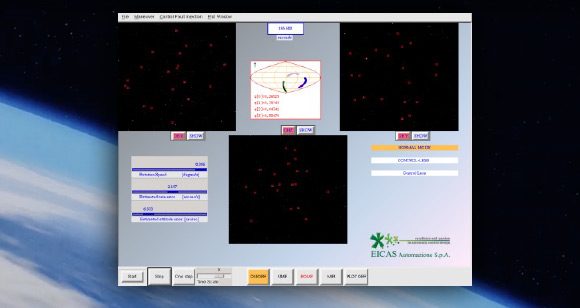
1998 ____ 2006
In the context of two contracts with ESA – the AST (Autonomous Star Tracker) project in co-operation with Alenia Spazio and the MHS2 (Miniaturized Multiple Head High Rate Star Sensor) project in co-operation with EADS Sodern – EICAS designed, with full property rights, a new multi-camera system for spacecraft attitude determination.
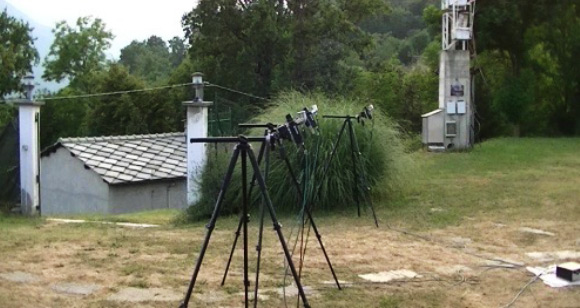
2013 ____ 2015
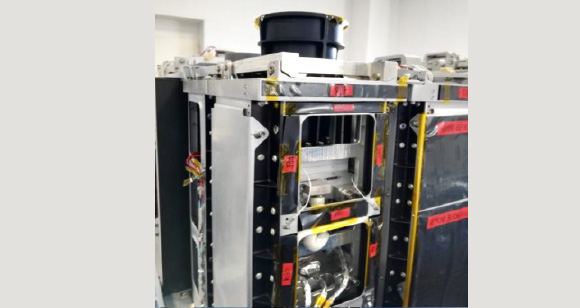
2016 ____ 2020
The ARGO Project
and the ARGO 1.0 IOD
On 2016 EICAS applied for a grant under the H2020-SMEINST-2-2016-2017 Call, presenting the ARGO proposal, aiming at demonstrating and validating ARGO up to TRL9. The proposal was successfully evaluated in a highly competitive evaluation process, receiving both the Seal of Excellence and the grant by the European Commission. Consequently, the ARGO project started on 1st of October 2016 and lasted until October 2020. An ARGO 1.0 flight model has been assessed up to TRL8 through on ground qualification tests and has been integrated in the D-Orbit ION SVC2 platform for the in-orbit demonstration mission. On 24th of January 2021 this platform has been launched and a wide orbit demonstration campaign was then successfully performed in orbit from May 2021 up to July 2022. The results have been presented at the 73rd Internation Astronautical Congress (IAC2022) held in Paris from 18 to 22 September 2022.
More details on ARGO 1.0 product and IOD results are here available.
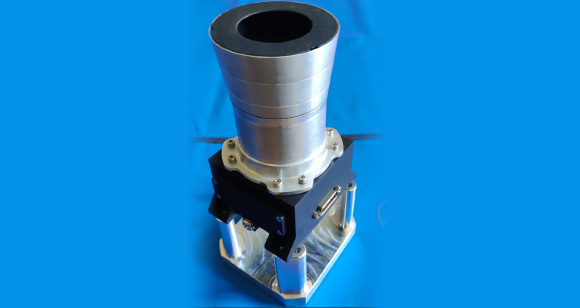
in progress
ARGO 2.0
for Constellations
In the context of an ESA Contract under the ARTES C&G Programme, EICAS is working on a ‘smart redesign’ of the ARGO 1.0 architecture specifically conceived for future large constellations – named ARGO 2.0 – exploiting:
- a further reduction of mass and power consumption, moving part of the software on the OBC of the hosting platform
- a seamless integration with the platform control.
More details on ARGO 2.0 product are here available.